Blonde with dark roots: features and methods of staining

Until two decades ago, dark roots on dyed blonde hair were considered bad form. Timely updating of the blonde was a rule, which was by no means recommended to be violated. And now the blond with dark roots even has its own name - smokey-blond and is at the height of fashion for more than one season!
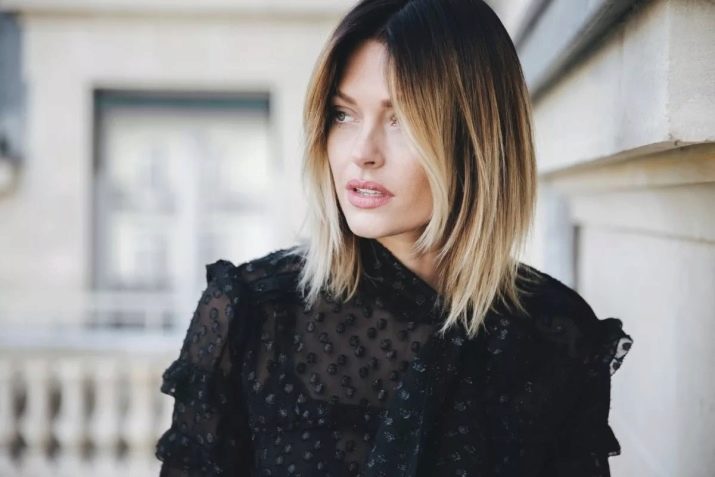




Who is it for?
Light coloration with dark roots shade has a lot of advantages:
- gives visual volume to the hair, while not making it heavier;
- there is no need to constantly tint the roots;
- you can periodically (once every one and a half to two months) tint the growing hair in the desired shade;
- it is with the help of a smoky blonde that it is easiest to painlessly grow your natural hair color;
- looks great on hair of any length - from short to as long as possible;
- since the hair is not lightened constantly, it heals, becomes more shiny and nourished with useful substances;
- by choosing the right shade of blonde, it is easy to soften hard facial features;
- looks fashionable and fresh;
- suits any style of clothing;
- decorate a woman at any age;
- Smokey blond does not need special care.
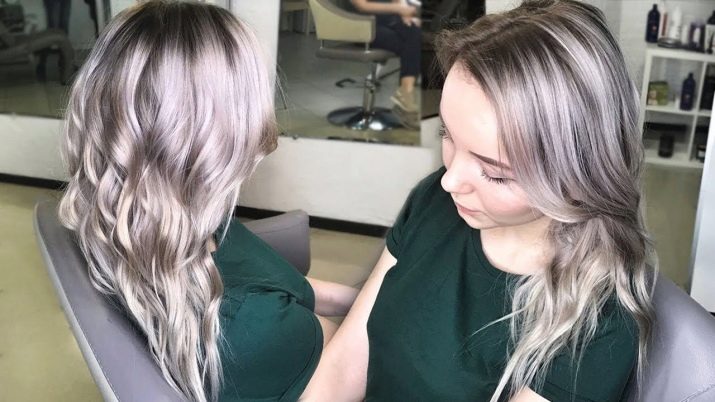
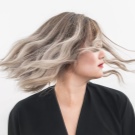
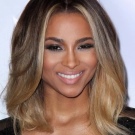


Painting techniques
There are several technologies in accordance with which the blonde smoky is performed. Each has its own advantages and enjoys well-deserved popularity.
Ombre is a combination of two shades, where part of the hair is dyed darker (the so-called upper half), and part - lightens (from the middle of the length to the ends). For lightening, you can choose absolutely any shade of light - from platinum to strawberry.Ombre has retained its popularity for quite some time. It can be performed on hair of any color and any length, which makes the technique universal. True, in order to perform an ombre on naturally light hair, blondes will not need to lighten the ends, but perform a root darkening.
Shades for ombre are chosen sharply different, one or two tones of the difference is not enough. The sharp color difference gives the hair a visual volume. For example, a pixie haircut, colored in ombre technology, will make the hair look more luxuriant.
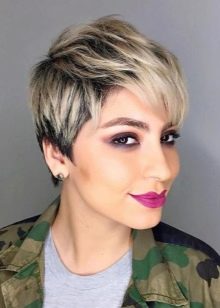
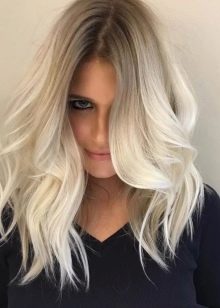
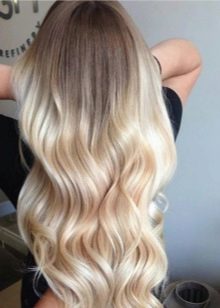
Sombre is essentially the same ombre, but softer and smoother. It is also possible for execution on strands of any color. A shade of cold blonde on a natural brunette, for example, will look very impressive. For sombre, the paint is applied by means of strokes, you need to retreat from the root area by 4-5 cm. Then the staining will look natural and natural, despite the fact that the differences in shades will remain obvious.
Sombre looks best on medium to long hair.
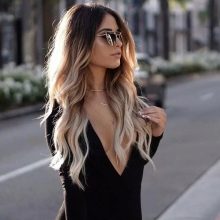
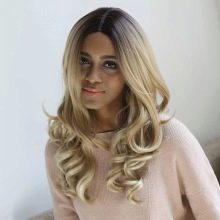
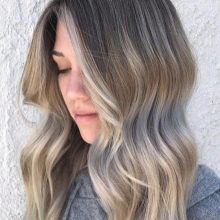
Bronding - this is the name of coloring in three colors. They differ from each other by two or three tones. The base of booking is always dark blond or chestnut. The distance from the roots should not exceed 4 cm. The combination of three shades makes the hair visually thick, voluminous, creating an amazing play of color. Since bronzing is a combination of brown and blonde, it looks very natural, like beautifully burnt hair.
This technique will decorate not only long strands, but also a medium-length square.
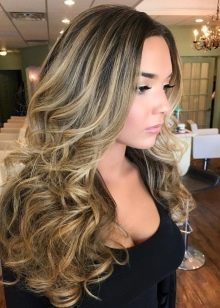

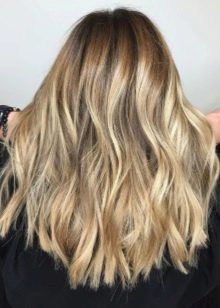
When balayage, coloring occurs across the hair growth. For balayage, contrasting tones are used. The shade of the blonde is selected based on the color type of its owner, the shape of her face, as well as the length of the hair. Color transitions can be either sharp or smooth, well shaded. The balayage looks most impressive on long strands processed with the help of graduation. Most often, balayage is performed using Japanese paint. There are two ways to make the balayage work:
- fast (twenty minutes), in which medium fixation mousse is applied to the hair, the strands are separated with foil and paint is applied, the boundaries of application should be clearly marked;
- long - each strand must be fixed with an elastic band, a foil must be put under the tip of each strand, then with a brush apply paint in an even layer, and put another layer of foil on top.
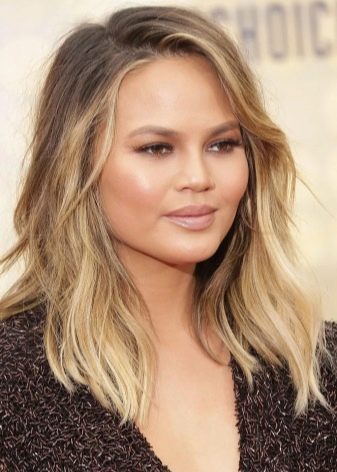
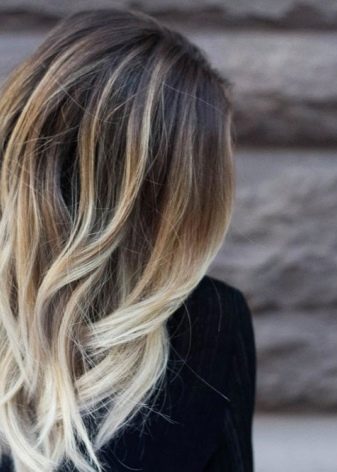
Shatush is another technology that spares hair. This is the so-called "stretch" of color, in which the roots are darkened and the tips are lightened. The transition from light to dark is stretched along the entire length of the hair. According to the shatush technology, not all hair is dyed, but thin, randomly taken strands in large quantities. At the same time, it is necessary to retreat from the roots significantly, which makes shatush an excellent option for dyeing hair for brown-haired women and brunettes.
The only drawback of shatush is that it looks good only on long hair and medium length. To design a short haircut, you will have to choose a different dyeing technique.
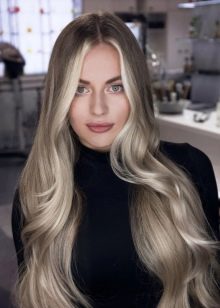
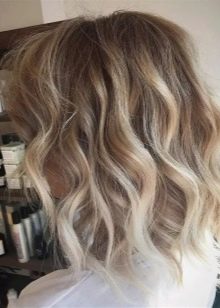

Rooting (or deliberate darkening of the roots) is a fresh, literally last season, a technique developed by Hollywood stylists. In addition to being very trendy, rooting is also easy to do. First of all, the main color is applied to the hair - platinum, pearls, mother-of-pearl, and then the roots are darkened. After that, you need to carefully shade the color, so you get a neat transition of darkening to the main tone of staining.
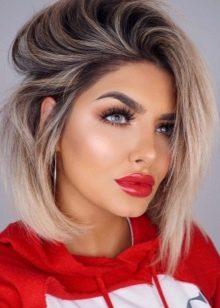
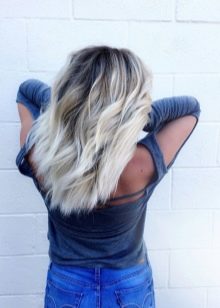
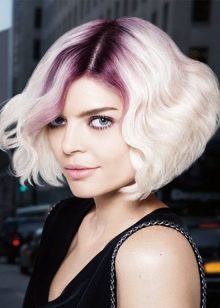
And, of course, one should not forget the most natural of all methods - growing roots. Girls who have lightened their hair for a long time may simply stop updating the dye at the roots.
The natural color of the hair will grow back on its own, and the return to the natural shade will be completely painless. The advice is relevant only for those who want to restore their natural hair color.

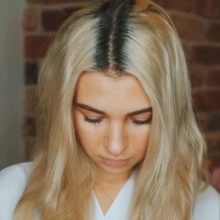
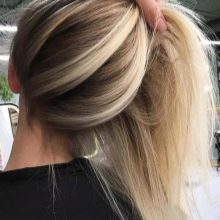
Choice of shade
There are at least five dozen blonde tones, and each of them can be used for coloring in combination with dark roots. To decide which range is right for you - cold or warm, there is a simple test that can be called "gold" or "silver". You need to try on a set of jewelry from each metal, which one is more suitable for you, that scale is what you need.
If gold suits you, opt for warm blonde shades, and if silver suits you, opt for cold ones.
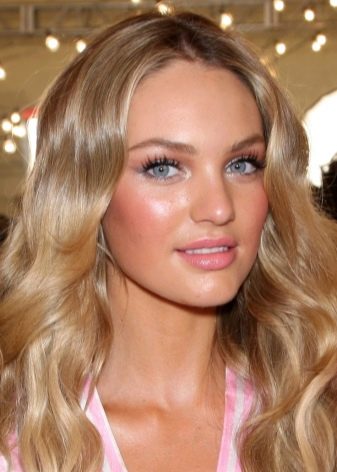
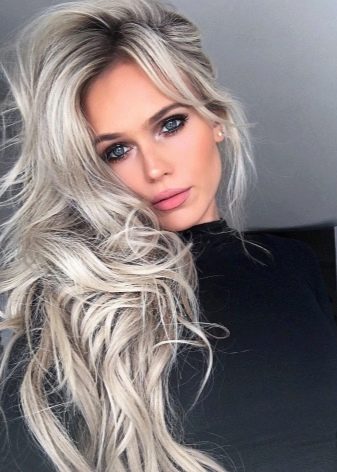
For the winter color type, the optimal shades will be cold white tones of blond: platinum, pearls, mother-of-pearl. Combine with natural dark hair for a very showy look.


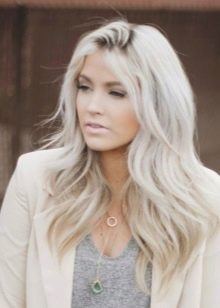
Spring girls with light warm skin, prone to blush, and clear eyes will go golden, honey, wheat blond. "Springs", like no other, look as natural as possible in a warm blonde with darkened roots.
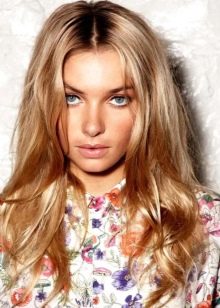
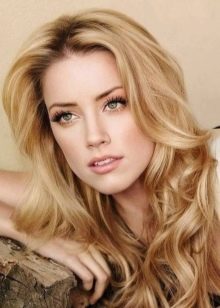

Women of the “summer” color type are characterized by the presence of delicate, seemingly very thin skin of cool tones. Summer ladies are all made up of halftones, pure colors are uncharacteristic for them. Neither skin, nor hair, nor eyes have a pronounced color. Summer girls will go for ash blonde shades that will look the most natural on them.

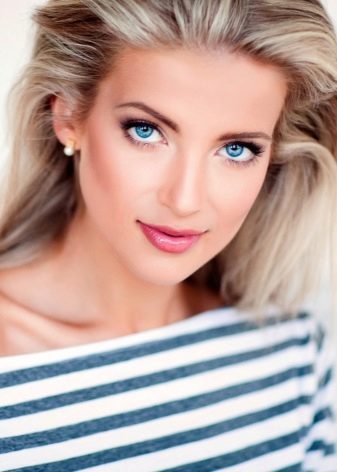
As for the representatives of the autumn color type, golden, peach, strawberry blond, as well as caramel and vanilla are very suitable for them. For some autumn girls, a milky blonde tone will suit.
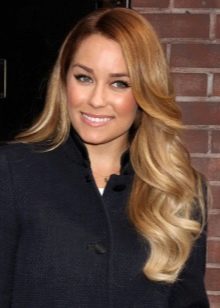


Consider the most popular and relevant shades this season.
Platinum is considered a classic option, which, in combination with dark roots, acquires an edgy grunge boldness. Platinum blond combined with two similar cold shades in a balayage will look interesting. "Stretched" shatush looks no less impressive, especially from dark gray to light gray and white platinum. Having chosen a platinum tone, you need to be prepared to regularly use a special anti-yellow shampoo to keep the shade cool. The platinum shade is very picky about the tone and purity of the skin - any imperfections on its background will be very noticeable. Therefore, if your skin is imperfect (uneven tone, wrinkles, blemishes, pimples), choose a pearl shade that "brightens" your face.
Platinum has the properties of an X-ray, showing all the imperfections and making them more noticeable than it would be against the background of another shade of hair.
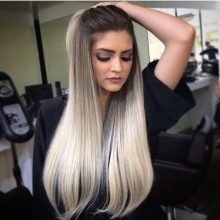

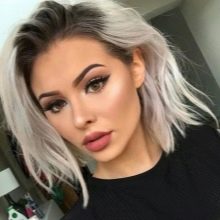
Cool pearl blond is another trendy shade. Will beautify women - owners of the "winter" color type. The difference between pearls and platinum is a pearlescent glow, of course, if the hair dyed in this color is healthy. In addition, blotches of pink and even purple are characteristic of pearl.
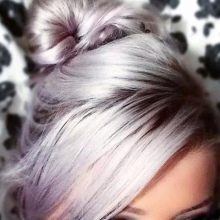
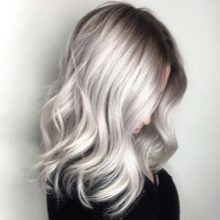
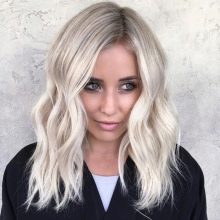
Another trendy shade for cold blondes is ash. Ash - a very deep tone, it is "mixed" with gray, pearl, steel and platinum. Ash looks best on long hair. It is good both solo and in combination with dark roots.
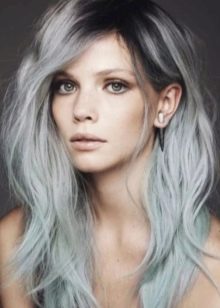
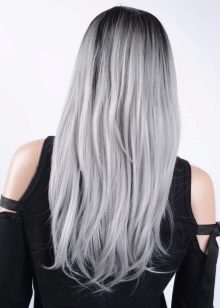
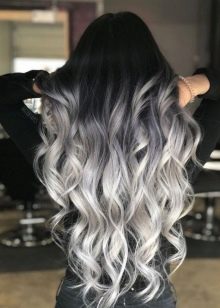
A rare woman can afford a Scandinavian blond, but in combination with dark roots, the sample becomes larger.
Best of all, the white shade of blond looks on women of the classic northern "Nordic" type - fair-haired, blue-eyed, with clean fair skin.

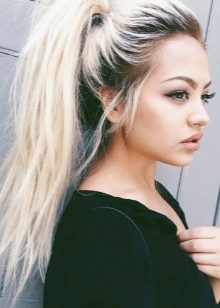
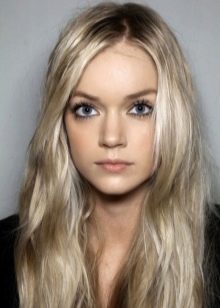
Warm shades of blond are no less fashionable - wheat, caramel, golden, honey or bronze. Slightly darker strands at the roots and warm light ones at the ends are the most natural option, with a burnout effect. Vanilla blond is warm, but not suitable for every woman.
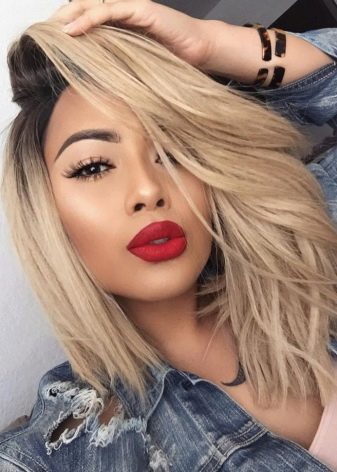
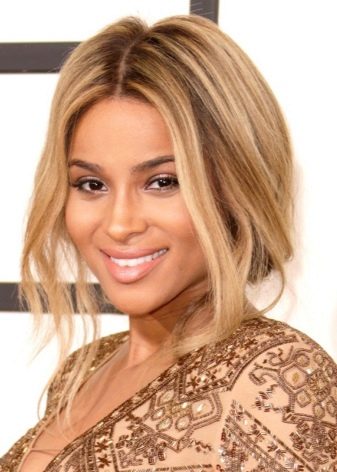
Strawberry blond (warm pink) is incredibly relevant. This toning is more complex and needs to be updated more often. The pink tone tends to wash out. As for the cool pink, it looks great in combination with platinum.
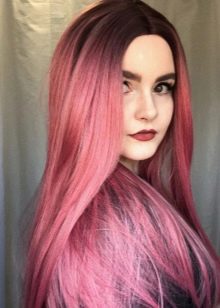
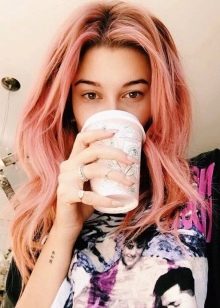

Subtleties of execution
Do not be misled that ombre or shatush can be easily made by yourself.At home, it is advisable to only practice growing your natural color if you decide to return to it after lightening.
As for complex techniques - bronding or shatusha, it is better to do them by contacting a coloring specialist. Bronzing involves a masterful mixing of three shades and the creation of the correct play of light on the hair; for shatush, the most careful shading of the color is necessary to create an imperceptible transition of a dark tone to a light one. In order for the balayazh to look correct, and not just horizontal streaks of paint, it is necessary to apply paint with thoughtful strokes. It is very difficult to do it yourself, especially in the back of the head. The master colorist in the salon will cope with this incomparably faster and better. Therefore, whatever technique of partial staining you choose - ombre, sombre or balayage, do not skimp on it.
Find a master who specializes in the chosen technique, familiarize yourself with his work, consult if this coloring will suit you, if your hair is healthy enough for lightening. And entrust your head to the hands of a specialist.
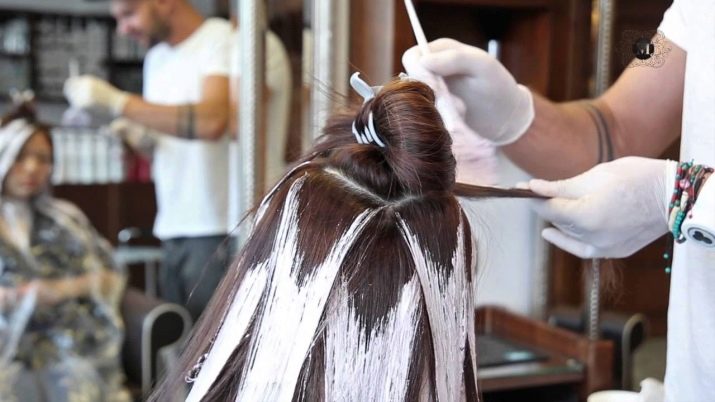
Correct care
Despite the unpretentiousness of a blonde with dark roots mentioned above, it is still necessary to take care of him. Since the lightened part of the hair is empty (and the more part of the hair is lightened, the more it is empty), you need to choose the appropriate means for both washing and styling.
- At the first time after dyeing, wash your hair only with products for dyed (bleached) hair. It is better to use them systematically (once or twice a week), alternating with other means.
- It is imperative to use not only shampoo, but also a balm (conditioner), mask, serum, end products. Lightened strands require careful maintenance, they need to be both nourished and moisturized. It is advisable to choose a line with ceramides, proteins, oils and amino acids, so the care will become the most intense.
- For curls to shine, serums are needed. The more porous the hair (and forced bleached is always porous), the less its shine. Therefore, stock up on the appropriate indelible rinse aid.
- Oil is required to prevent the appearance of a "washcloth" on the head. It is important not only to moisturize with masks and serums, but also nutrition, vegetable oils - shea, argan, almond, grape seeds and apricot - help in this. Products with natural oils will quickly restore damaged curls.
- Use a hair dryer and iron to a minimum. If you cannot do without them, use means with thermal protection. In addition, during the period when the sun is at its most active, you will need UV curing to prevent fading and yellowing of the strands. And of course get a wide-brimmed hat!
- Use a wide-toothed comb to detangle your hair and brush as little as possible when wet.
- If you visit the pool, use a protective oil, lubricate your hair generously. Otherwise, the lightened part of your hair may turn green. And in the first week after staining, refrain from visiting the pool.
- From natural remedies, use a decoction of chamomile flowers. After washing your hair, rinse it with chamomile infusion to add extra shine to your hair.
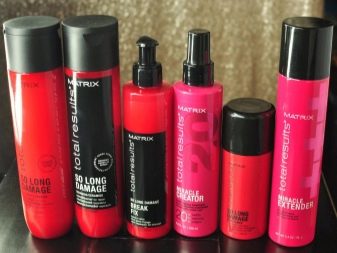

For the shatush technique with darkening the roots, see below.








